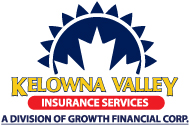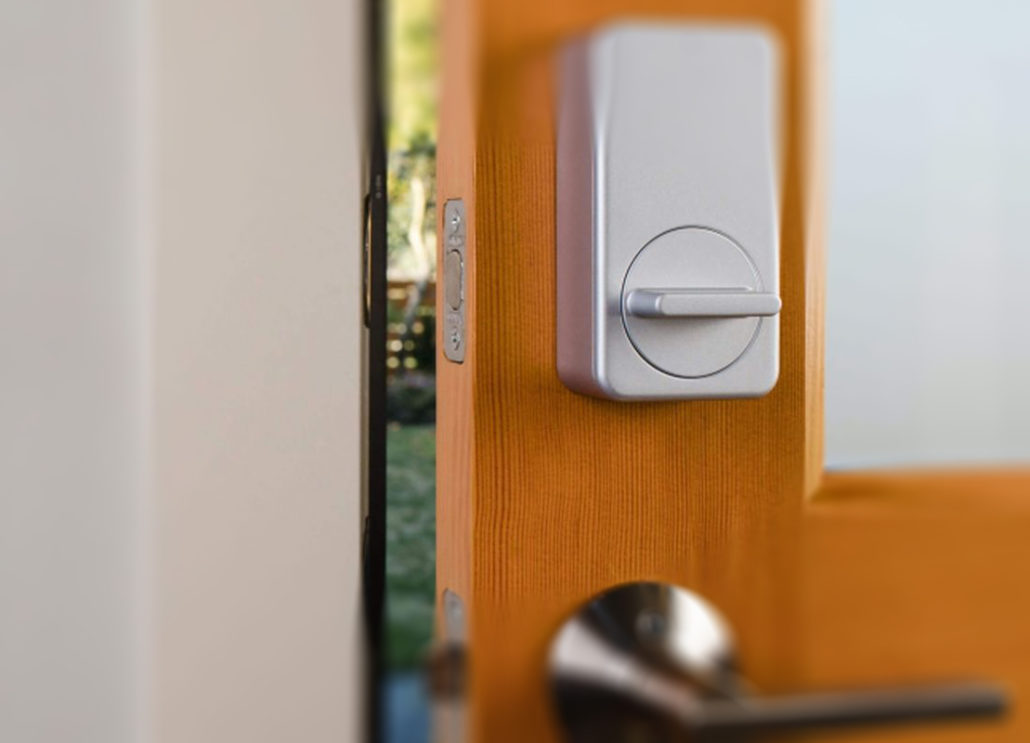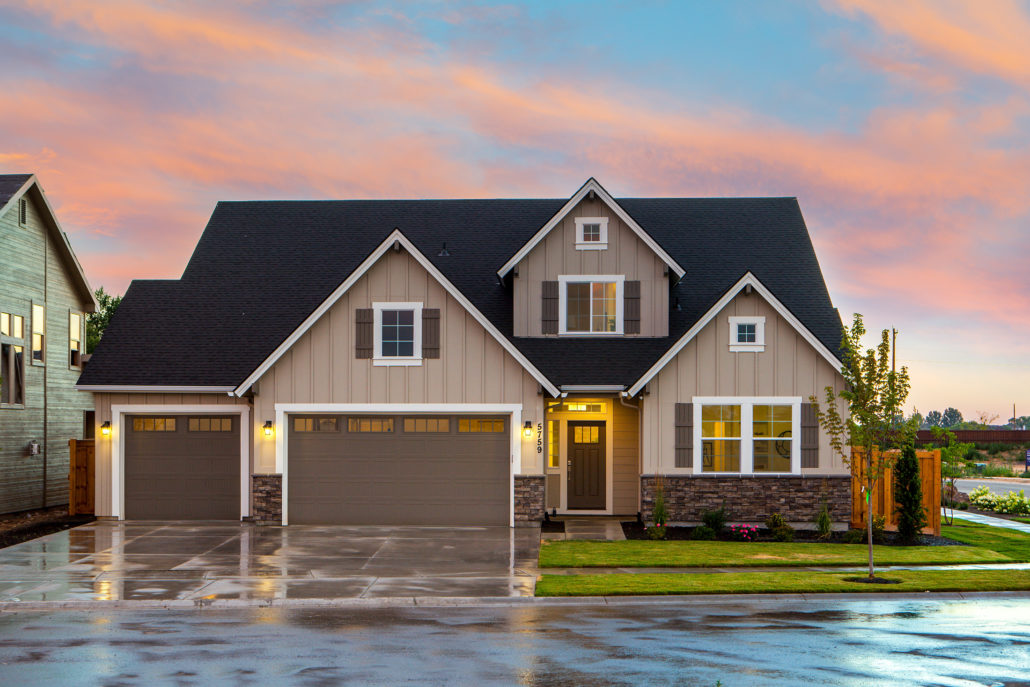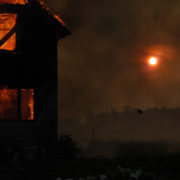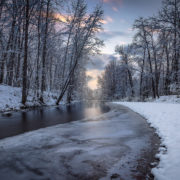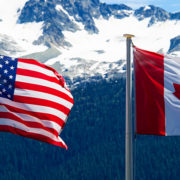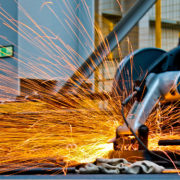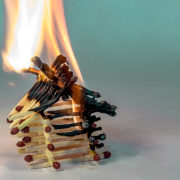12 of the Most Important Factors that Impact Your Home Insurance
Do you know what goes into calculating your home insurance rates? There are a variety of factors that impact the premiums you’ll pay.
It may seem that insurance agencies use complicated calculations to come up with the rates you pay for home insurance. But there is a method to the madness! Here are 12 factors that typically affect your premiums.
Construction and style of your home
We consider the style of your home when it comes to estimating your home insurance rates. The fact is, certain home styles are more likely to incur a claim or suffer certain types of damage. Bungalows, for instance, tend to have finished basements that can be vulnerable to water damage.
The materials your home is constructed can have a serious impact on your insurance rates. Homes built out of fire-resistant materials (stucco, for example) often cost less to insure. Building materials can affect the cost of a rebuild and the extent of damage that results, impacting the amount of the claim.
Square footage of your home
If you have a large home you’ll find it more expensive to insure – simply more area to replace in the event of a claim.
Your roof: how old is it and what material is it made of?
Your roof, the primary protection for your home, shelters you and your belongings from the elements outdoors. It’s also the most common insurance claim to be made as damage is frequent. Certainly, the newer your roof, the better when it comes to the rates you’ll pay for home coverage. A new roof is more effective at providing protection for your home and you may enjoy a discount if you choose weather-resistant materials, such as metal.
Be aware that some insurance providers may offer only reduced or limited coverage and others may choose not to offer coverage at all if your roof is over a certain age.
How old is your home?
The age of your home assists your insurance provider to predict the likelihood of a claim as well as how much it will cost to rebuild your home.
As construction methods, building codes, and plumbing, electrical, and heating systems evolve and change over the years, an older house can be particularly vulnerable to increased risk for damage. Older materials and features, those that we enjoy most about our older or historic homes, can run up the costs if repair or replacement is necessary.
Be sure to notify your insurance agent if you’ve made updates or upgrades to mitigate potential damages, as this should work in your favour when it comes to your home insurance premiums.
Your heating, plumbing, and electrical systems: the age and materials
The types of systems in your home – heating, plumbing, and electrical – directly affect the probability of an insurance claim. Old and outdated infrastructure is far more likely to be the source of damage to your home. For example:
- Pipes made of lead are more likely to crack and allow leaks.
- Electrical of knob-and-tube systems have a greater likelihood of overloading and sparking a fire.
- If you rely on wood or oil burning heat sources, your chances are increased of a house fire.
You will pay more for home insurance if your home has an older infrastructure – heating, plumbing, and electrical. Update these systems and you can enjoy not only a safer home but savings on your home insurance.
Other structures on your property nearby
It’s not unusual for many of us to have other structures on our property. Buildings such as:
- Deck
- Garage
- Shed
- Carport
- Fencing
- Outbuildings
Like your home, the size, type, and materials out of which is made, will affect what you pay for home insurance.
How close are the nearest fire hydrant and fire hall?
Your proximity to the nearest fire hydrant and fire hall affects your premiums. The closer you live to these vital resources, the better your chances of damages being limited or minimized and, consequently, your insurance rates will be less.
The presence of risks
There are certain types of risks that will increase your home insurance premiums due to the increased likelihood of claims for damages or liability. These include:
- Hot tubs
- Indoor or outdoor pools
- Trampolines
- Wood-burning fireplaces or stoves
- Certain breeds of dogs
Your proximity to potential risks
How close does your home sit to potential risks such as bodies of water – lake, river, creek? This lovely feature could actually increase how much you’ll pay for home insurance depending on their distance from your house. Why? Rivers can be known to flood, for instance. If your home sits along a river or on land that is low-lying near a body of water, you may pay more for home insurance than if you lived further away or safely up on a hill.
How do you use your home?
There are a couple of common ways we use our homes that affect what we pay for home insurance:
- Investment property – rental suites or room
- Home-based business
If your home is used or partially used as an investment property with rental rooms or suites, you can probably expect an increase in your rates for home insurance coverage. This is due largely to the fact that there are increased risks inherent in renting. There is some benefit, however, in that you enjoy a fair rental value for your rental unit if you have a covered claim.
Typically, a business is not covered under your home insurance policy. Business property that is damaged is not covered. Nor is there coverage available if a client files a liability claim against you, say if they slip and fall on your front steps. However, many home insurance providers offer add-on coverage that includes additional protection for home-based businesses. Be prepared to pay a surcharge for the addition.
How much will it cost to rebuild your home?
The rebuilding cost estimate for your home is a big factor in determining your home insurance rates. Most insurance providers call this replacement cost – the estimated cost of rebuilding your home as is in the event it’s destroyed. It’s important to understand that this value is typically different than your home’s market value, as that includes the land as well.
Any estimate of replacement or rebuild of your home includes the price of materials and labour. Also, getting your home appraised is one way to identify if your home is properly insured for the correct replacement cost value.
How much might it cost to replace your belongings?
Your home insurance policy is designed to cover all of your belongings. You’ve got a couple of options for protecting them: cash value or replacement cost. If you choose the cash value option, you’ll receive payment for the market price of your items as though you’d sold them the day they were damaged or destroyed in a covered claim (up to the single item or policy limit). If you opt for replacement cost, you’ll receive the amount it costs to replace those items with either another that is the same or something similar in make and quality (for an insured claim, up to the single item and policy limit).
If you have significant valuables – jewelry, art or wine collection, or other valued collectibles, it may be in your best interest to purchase an add-on in your coverage that ensures your collection is adequately protected. You can do the same with valuable sporting equipment or electronics. Such items can often exceed the single item limit in their worth, so it’s wise to make sure you’ve covered them properly.
If you want to have an estimate of what replacement costs would be or the cash value of what you own, you ought to create a home inventory and keep it updated with your belongings and valuables. It’s handy to have if ever have to file a claim.
